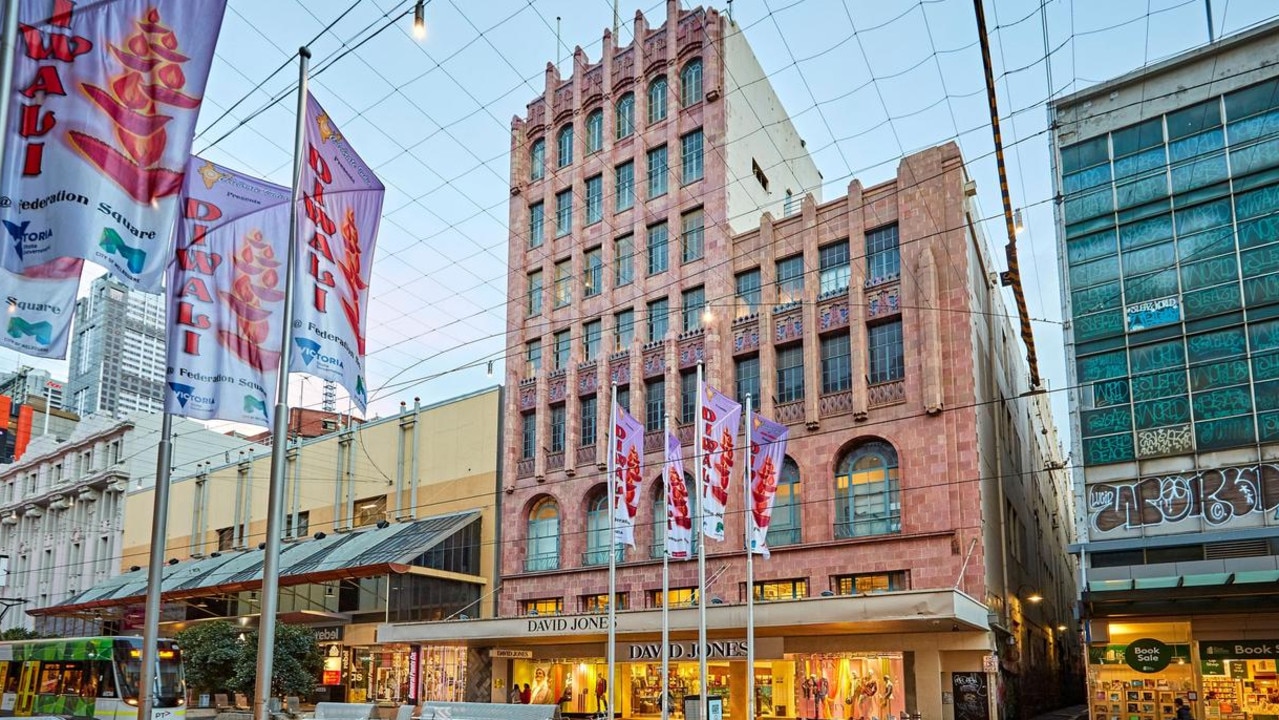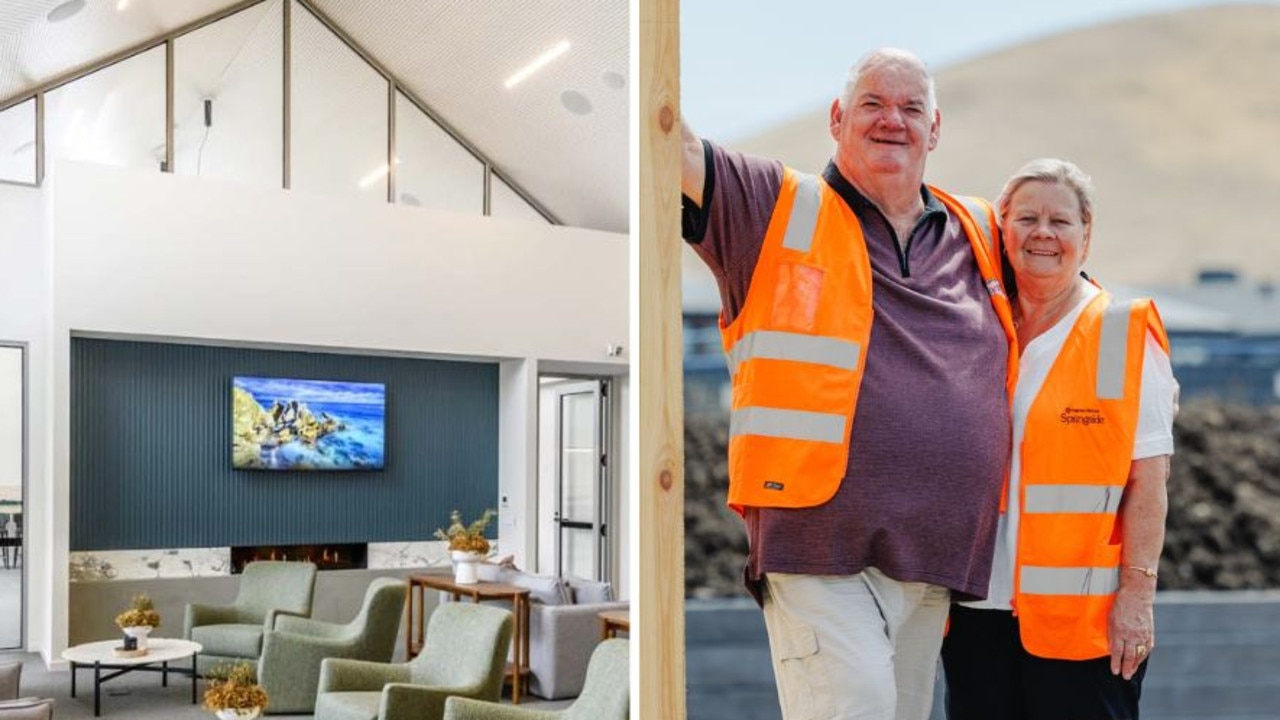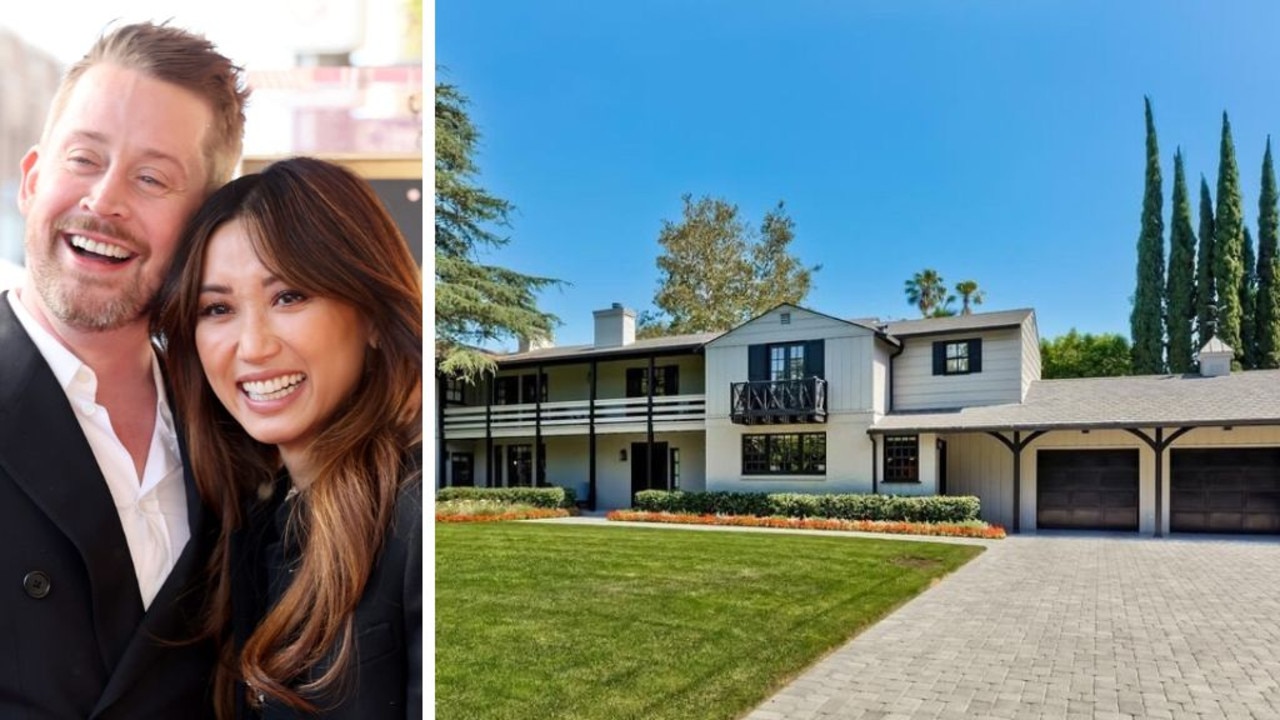Victorian government housing plan for Melbourne’s fringe panned for being ‘too little, too late’ and ‘lacking detail’
The Victorian government’s plans to boost the state’s new housing supply with 27 development precincts have been panned by industry bosses. Here’s what experts say the plan fails to answer.
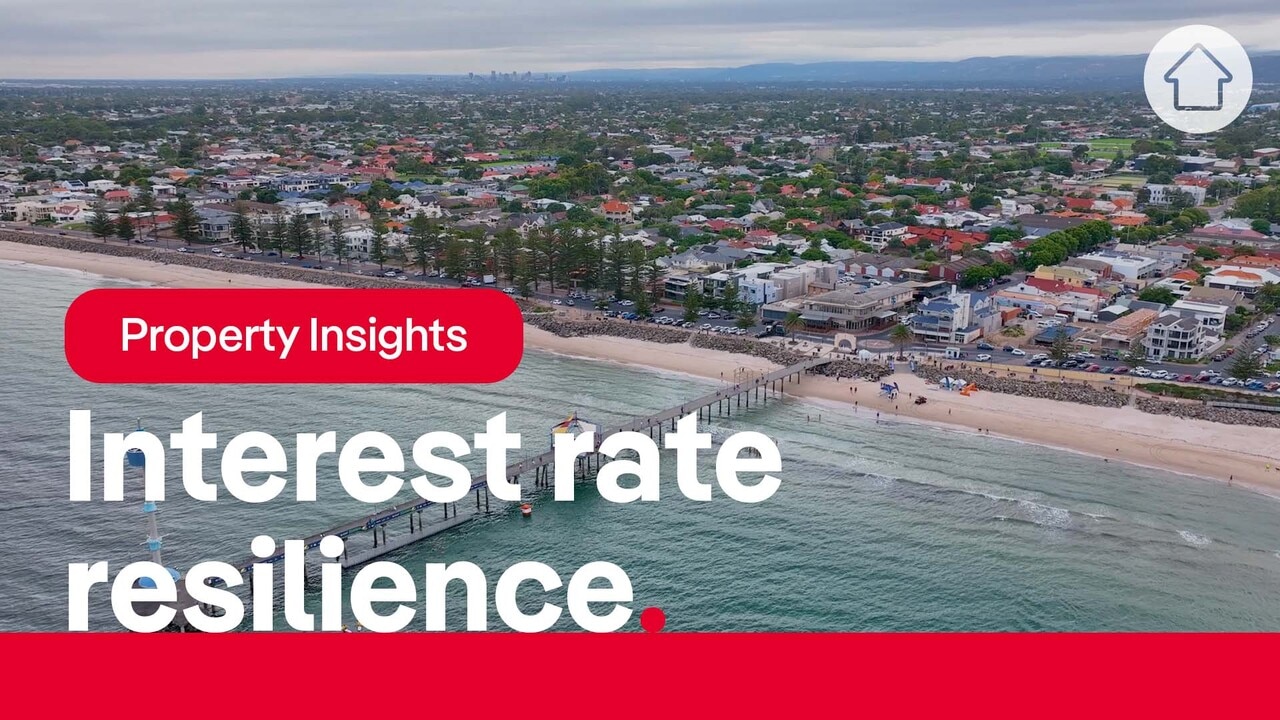
Victorian government plans to boost the state’s new housing supply with 27 development precincts have been panned as too little, too late and too lacking in detail.
The Allan government has announced a series of plans that will transform farmland into either employment centres or housing, with up to 180,000 homes expected long term across what they have dubbed three “horizons” of development scheduled over the next decade.
RELATED: ‘Reckless policy’: Vic govt stamp duty play a ‘trap’ for buyers
One unasked question costing buyers thousands
Prices soar, productivity slumps: Aussie housing crisis laid bare
The precinct planning phase is followed by further planning approvals that can add several years to the time needed to get housing construction started.
But industry bosses have lamented failures and missing detail in the government announcements, though praised the establishment of timelines for when the Victorian Planning Authority would make land available for development.
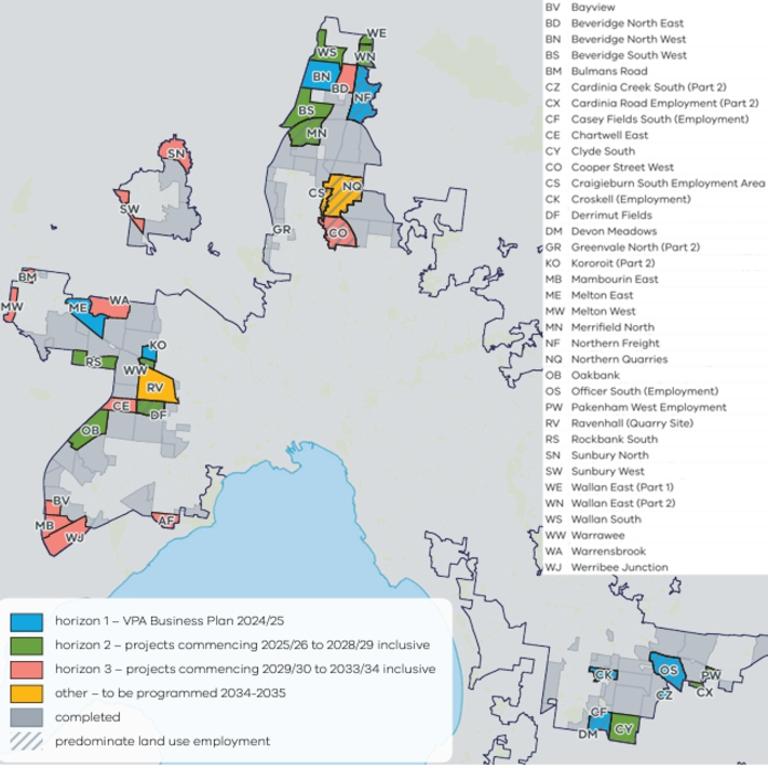
Property Council Victorian executive director Cath Evans said the plan lacked detail about how barriers faced by the industry today would be overcome.
“Precinct structure plans underpin the development of new homes and workplaces, but in recent years these plans have been slowed down and made more complex,” Ms Evans said.
“With a housing crisis to address, it’s crucial that we deliver these precinct plans more efficiently.
“Today’s 10-year greenfields plan fails to answer key questions about the speed of delivery or how to address the current barriers such as key infrastructure delays, or the current cultural heritage and environment assessment processes.
“There’s also little information about how sites have been selected and prioritised.”
The state’s biggest developer, Stockland, said it welcomed the announcement.
But Victorian communities development general David Allington said “more needs to be done across the entire housing continuum to get more Victorians into homes, sooner”.
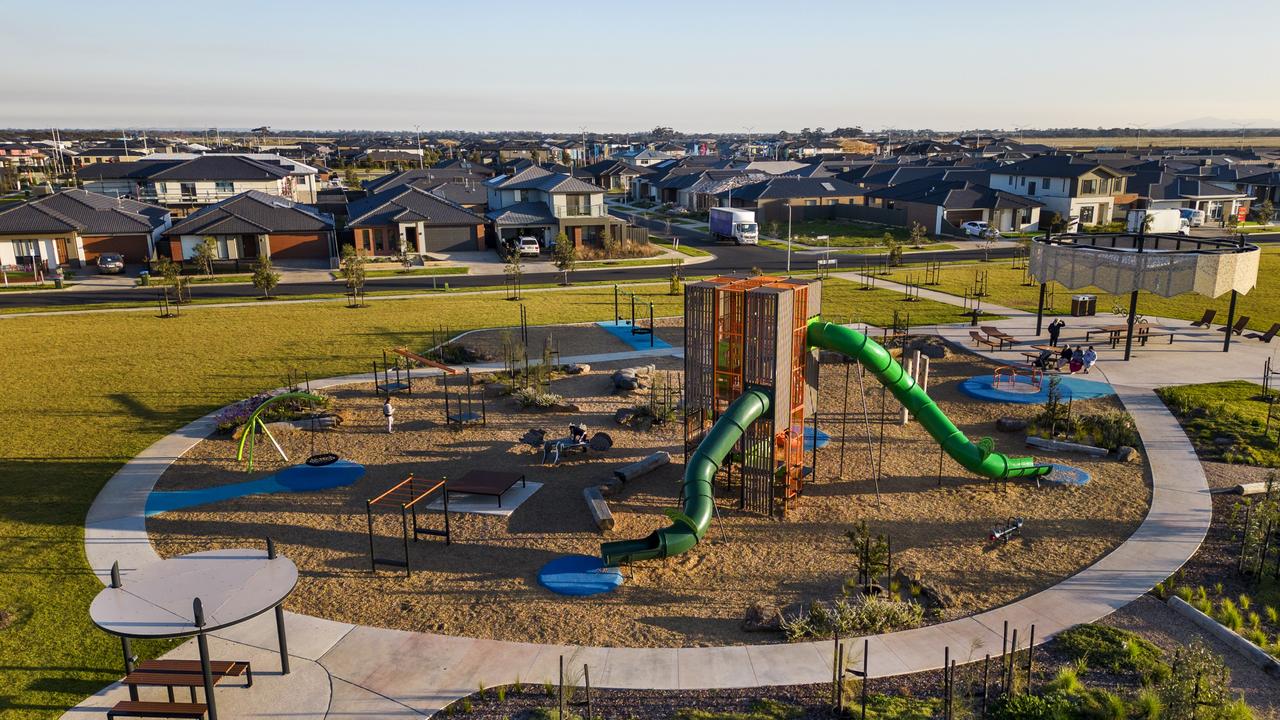
Another of the state’s biggest developers, Resimax, has more than 10,000 lots worth of development land adjoining area’s announced in the government plans, many of them waiting on government planning sign offs before work can commence.
From 2020-2022 Resimax boss Aziz Ozzie Kheir has acquired the more than 700ha of land in areas including Beveridge, 274ha, Wallan, 115ha, Sunbury, 148ha, Rockbank, 116ha, and Melton, 71ha.
MORE: Real estate guru’s Vic hotspot suburbs for 2025
‘Very Hollywood’ Melb mansion could sell for $64m
Mr Kheir said his firm planned to deliver 1000 homes a year for the next five years and welcomed the announcements, but noted the timelines were too broad and “very conservative” that even if they were met could “be too late anyway”.
He also noted even after precinct plans were completed, developers were waiting years for final planning approvals to start work on new housing estates — delaying the supply of already viable land.
“The effectiveness of today’s announcement will depend heavily on the details,” Mr Kheir said.
“We remain hopeful that the government will tackle the planning challenges that hinder developers from releasing land post-PSP approval. Currently, the process to obtain planning permits and approvals from state government agencies can take up to three years, exacerbating housing costs in Melbourne due to inefficiencies and under-resourcing.”
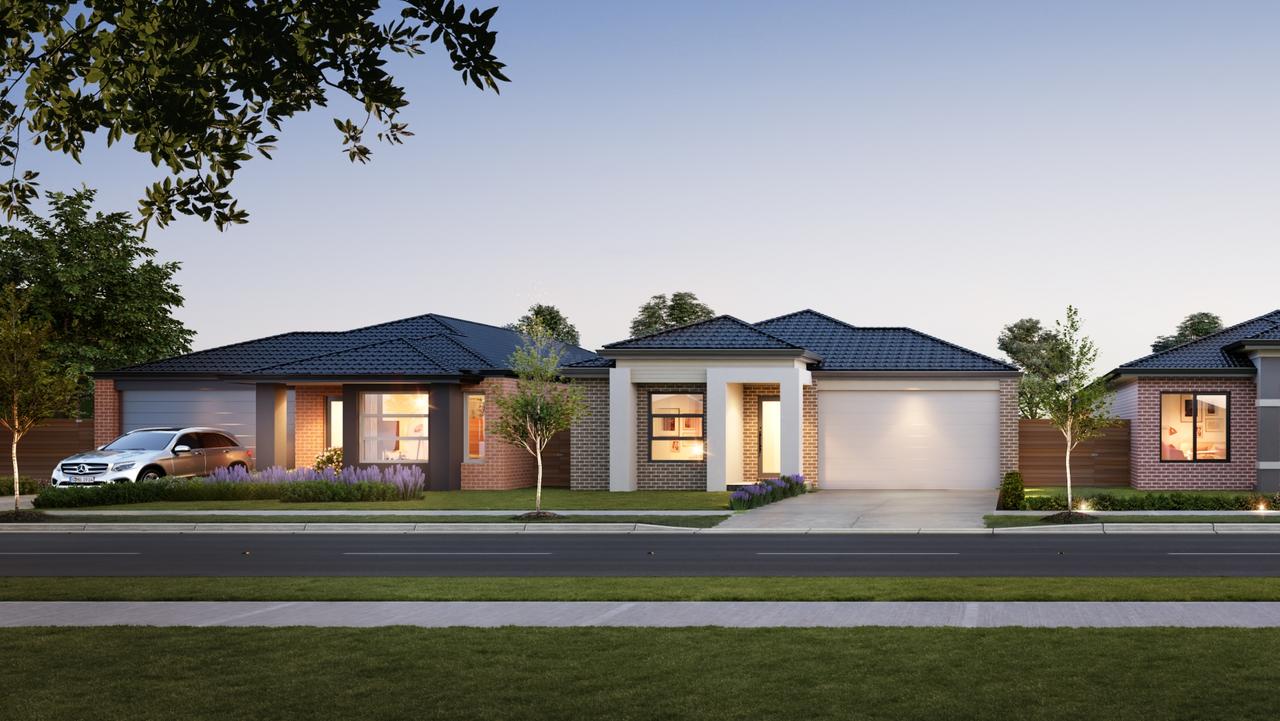
Urban Development Institute of Australia Victoria chief executive said the announcement was a first step, and showed their concerns about long-term land supply were being listened to — but had neglected any planning for new supply.
The UDIA believes the Victorian Housing Statement requires about 24,000 (30 per cent) of the 80,000 annual target for new housing to be built in greenfield areas — about 18,000 homes a year for Melbourne.
“Plans are good, delivery is better,” Ms Allison said.
MORE: Thousands of landowners face tax hike under high-rise plan
“We welcome the government’s intention to track supply more closely, and to explore ways to streamline the Precinct Structure Plan approvals process.
“UDIA will provide market intelligence to ensure supply does not lag behind the targets. This will be critical when market conditions improve, and demand increases.
“(But) drainage connections, biodiversity, Cultural Heritage Management Plans, infrastructure approvals and other delays are a handbrake on affordability. There needs to be a co-ordinated response to resolving these complex issues that can hold up development for years.”
RPM Real Estate national strategy manager Tim Hyland said the updates came after months of limited communication from the government on future land supply, which had eroded developer confidence and slowed the sale of farmland along Melbourne’s fringes.
“Ever since the state government pulled back on communications of future PSPs, there’s been a vacuum of sales,” Mr Hyland said.
“Developers don’t want to drop $30m and have it sit there with no ability to move forward. “But this should bring back at least some level of confidence.”
However, the agent flagged that the first tranche of precincts being touted by the government were basically all in play at the moment.

“Pretty much all of them are done,” Mr Hyland said. “It’s just them saying they will finish them, but they were always going to.”
Almost all of that land is currently owned by developers, with a handful of smaller farm sites mixed in.
The second tranche of land estates being considered is also roughly 50 per cent-developer owned, meaning new housing estates can commence quickly once precincts are finalised.
“But in Horizon Three we are getting into a greater mix of speculators, farmers and developers,” he said.
The agent noted that he would expect to see farmland sales in these areas start to take off in about five years time, once the government had proven it was delivering on other commitments.
A map circulated by the Property Council of Australia’s Victorian division show 27 parcels around the city’s fringes that are slated for future development — as well as the expected timelines.
Of these, 10 are designated as blue zones on the Victorian Planning Authority maps, and are already basically finished. Six of these are intended for housing construction.
In Melbourne’s north they include areas around Beveridge’s north west and Greenvale North, to the city’s west Melton East and Kororoit are both earmarked in the short term.
In the city’s south east, a precincts around Devon Meadows is included in the plans.
A further 12 areas, six designated for residential development, are in a secondary tranche, where the Victorian Planning Authority expects new housing estates to start to come online between the 2025-2026 financial year and 2028-2029.
Homebuyers will be able to access land in Beveridge’s south west, in the south east they will include Clyde South and an area named as Derrimut Fields.
In the west, the Oakbank and Rockbank South precincts are also included.
A final swath of new estates, including eight for new housing, will be finalised by the Victorian Planning Authority 2029-2030 through to 2033-2034.
It will be heavily centred in the city’s west, with estates expected in the Sunbury and Melton regions.
Another smaller allotment of land is designated as “to be programmed 2034-2035” indicating it will not be available until well after the next decade.27.
Sign up to the Herald Sun Weekly Real Estate Update. Click here to get the latest Victorian property market news delivered direct to your inbox.
MORE: Question homebuyers aren’t asking that could cost them thousands
Next step for demolished CBD building after six-year saga
Serial Block buyer’s surprise new side hustle
Originally published as Victorian government housing plan for Melbourne’s fringe panned for being ‘too little, too late’ and ‘lacking detail’

